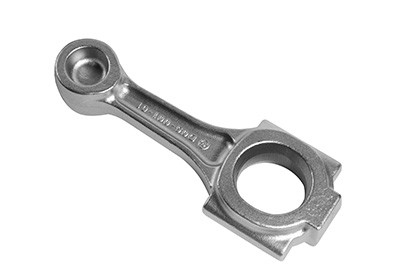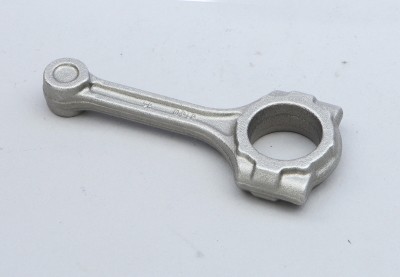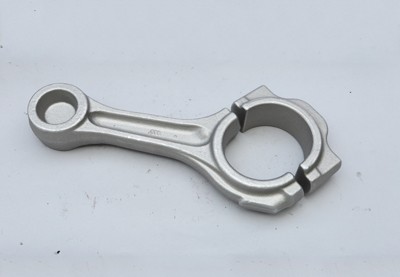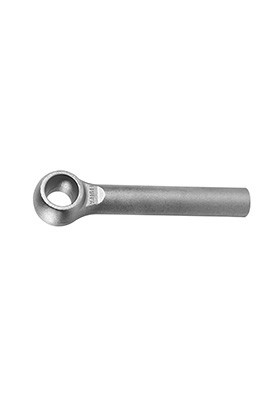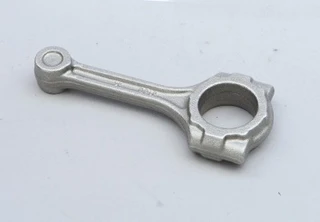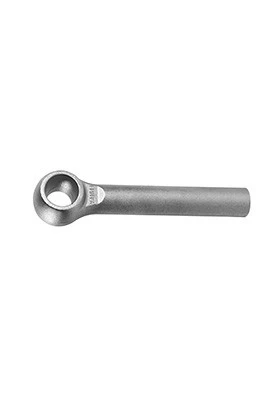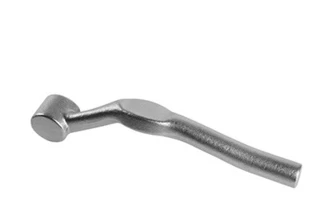Key Specifications / Features
Tags
Detail Information
Open-die forging is also known as smith forging.In open-die forging, a hammer strikes and deforms the workpiece, which is placed on a stationary anvil.Open-die forging gets its name from the fact that the dies (the surfaces that are in contact with the workpiece) do not enclose the workpiece, allowing it to flow except where contacted by the dies. The operator therefore needs to orient and position the workpiece to get the desired shape. The dies are usually flat in shape, but some have a specially shaped surface for specialized operations. For example, a die may have a round, concave, or convex surface or be a tool to form holes or be a cut-off tool.Open-die forgings can be worked into shapes which include discs, hubs, blocks, shafts (including step shafts or with flanges), sleeves, cylinders, flats, hexes, rounds, plate, and some custom shapes. Open-die forging lends itself to short runs and is appropriate for art smithing and custom work. In some cases, open-die forging may be employed to rough-shape ingots to prepare them for subsequent operations. Open-die forging may also orient the grain to increase strength in the required direction.
- Reduced chance of voids
- Better fatigue resistance
- Improved microstructure
- Continuous grain flow
- Finer grain size
- Greater strength
- Better response to thermal treatment
- Improvement of internal quality
- Greater reliability of mechanical properties, ductility and impact resistance

